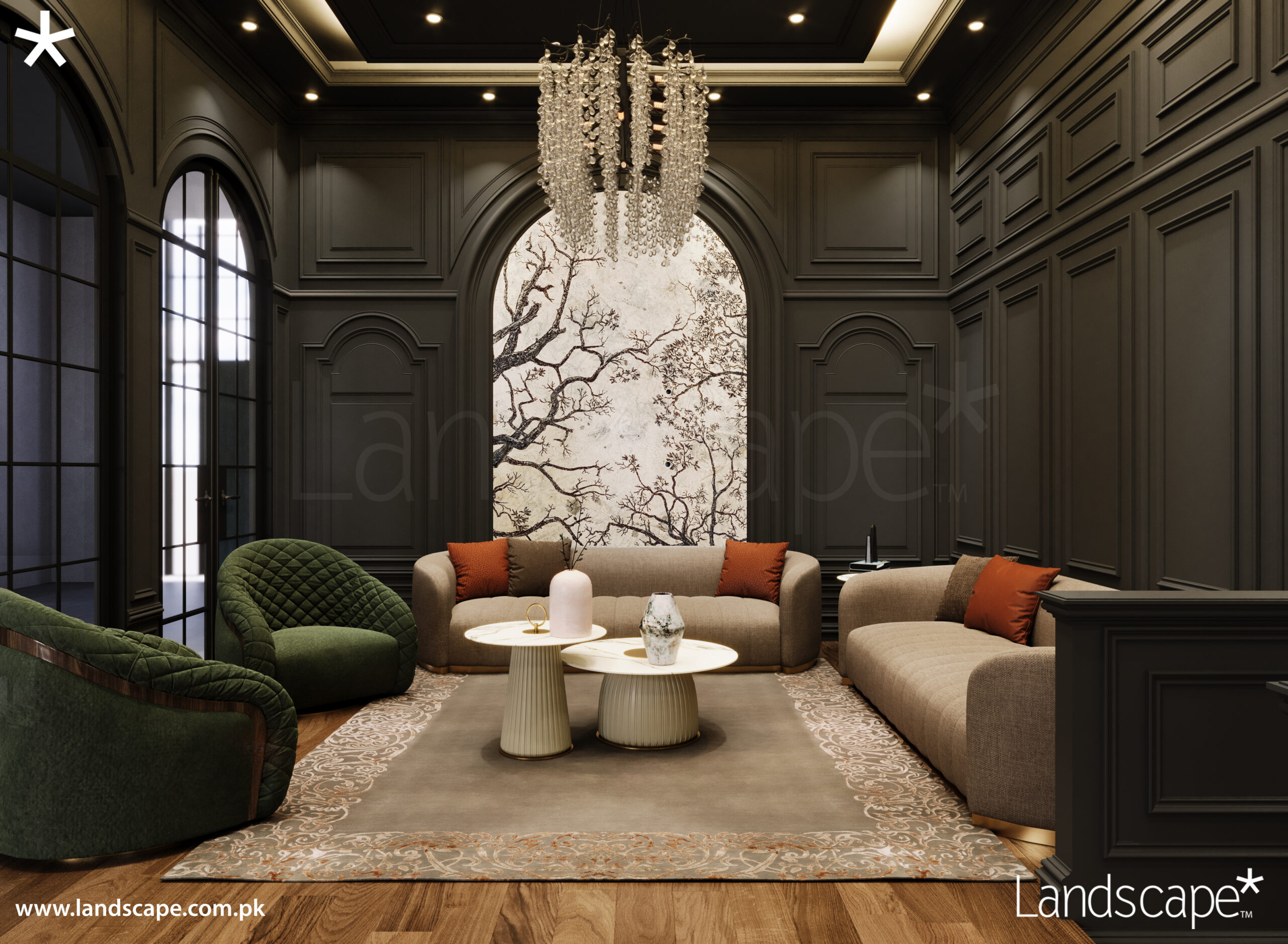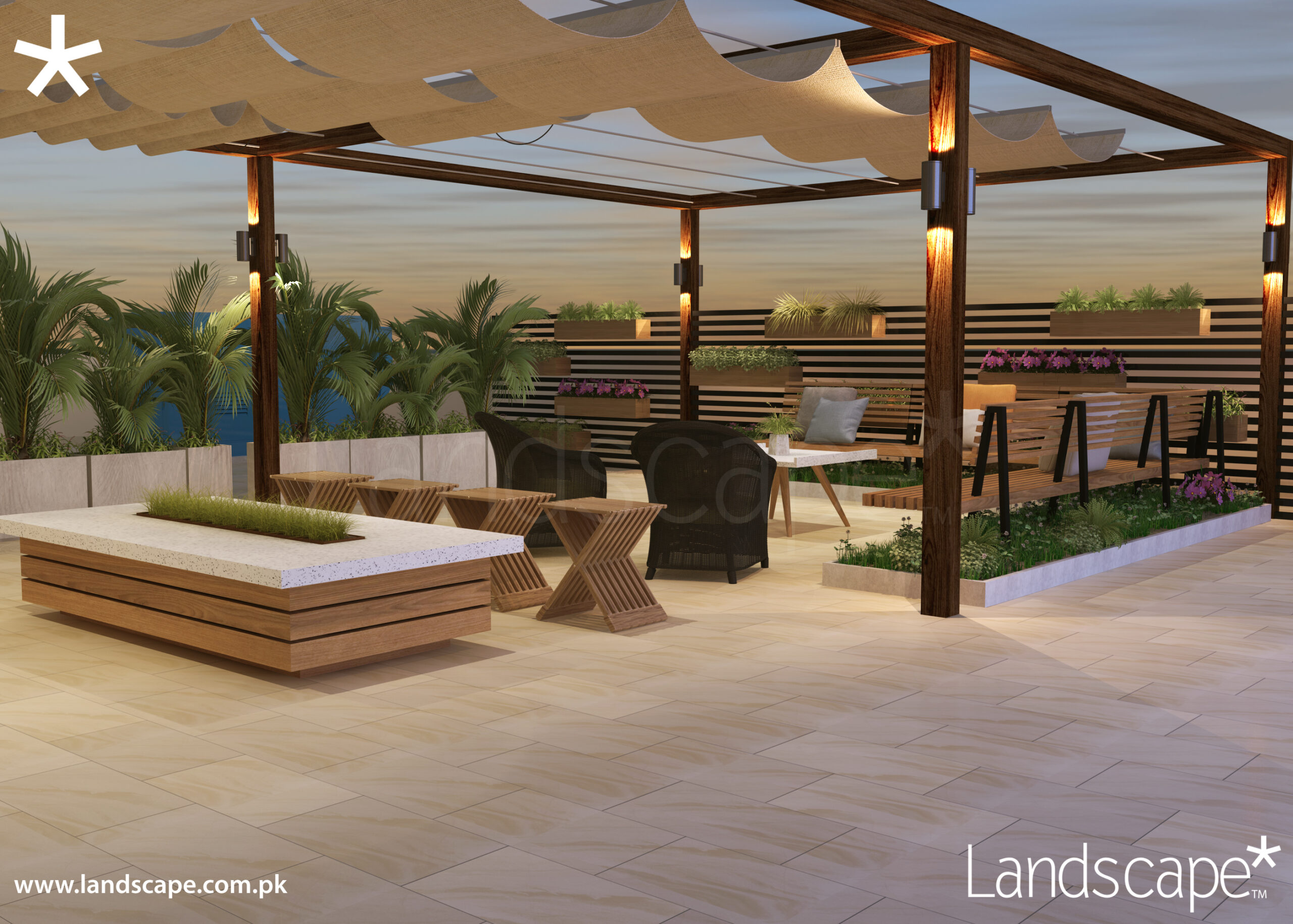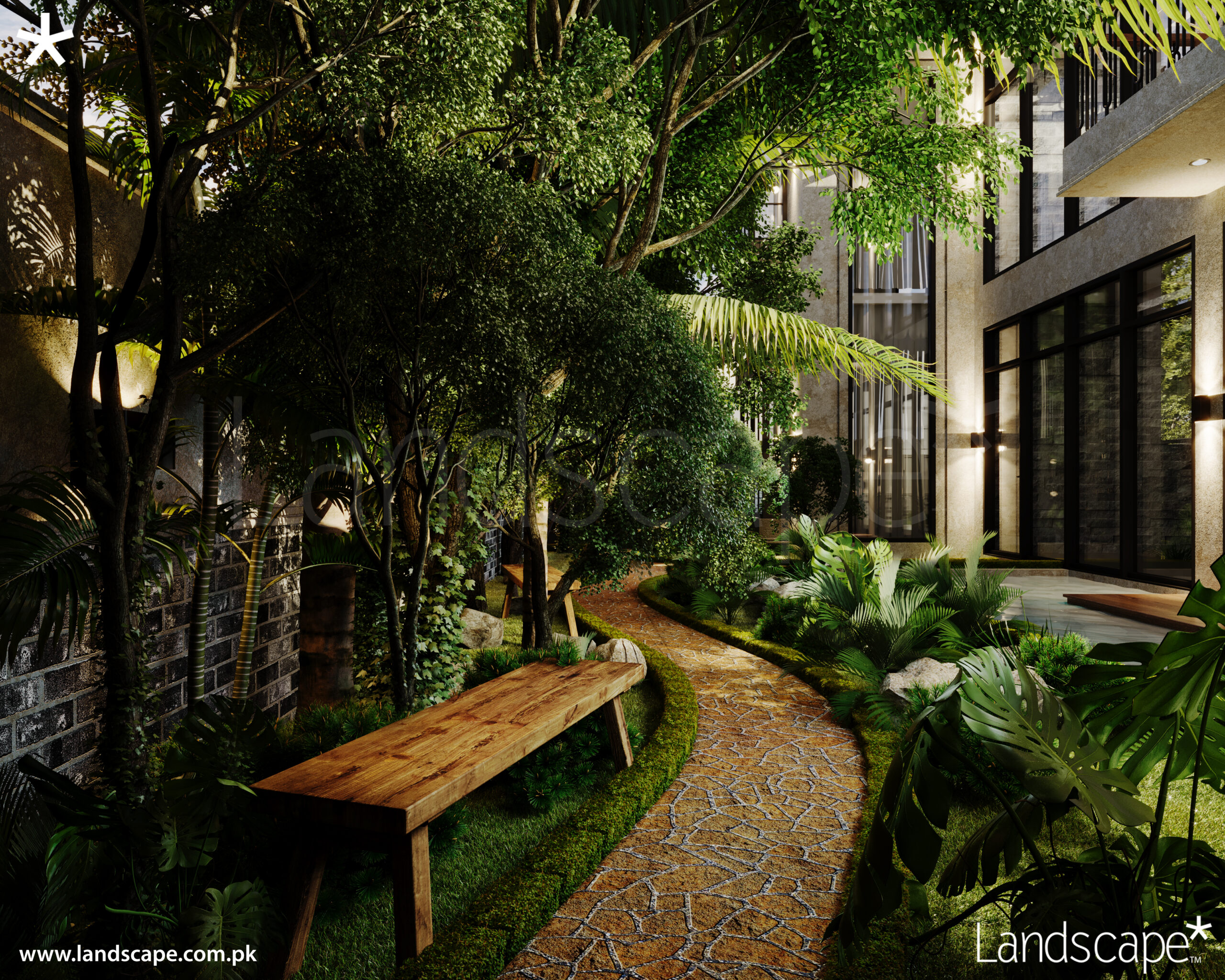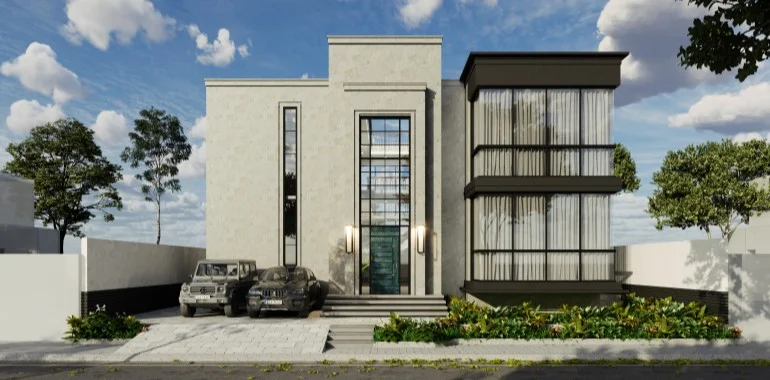Architectural design is a multifaceted discipline that goes beyond creating buildings; it’s about crafting spaces that harmonize with their environment, meet functional requirements, and inspire those who use them. As society evolves, so does the role of architecture, blending art, technology, and sustainability to create spaces that are not only aesthetically pleasing but also resilient and adaptive to the needs of the future. In this blog, we explore the core principles of architectural design and its impact on our built environment.
Architectural design is the process of conceptualizing and planning the structure and aesthetics of buildings and other physical spaces. It involves a deep understanding of materials, engineering, and environmental context, as well as an appreciation for form, function, and human experience.
1. Form and Function:
The balance between form (how a building looks) and function (how it works) is at the heart of architectural design. A well-designed building must not only be visually appealing but also serve its intended purpose effectively. For instance, a residential building prioritizes comfort and privacy, while a commercial space focuses on accessibility and functionality.
2. Sustainability:
Modern architectural design increasingly emphasizes sustainability. Architects are tasked with creating energy-efficient buildings that minimize environmental impact. This involves the use of sustainable materials, green technologies, and designs that reduce energy consumption, such as passive solar heating or natural ventilation.

3. Contextual Integration:
Every building exists within a specific context—whether it’s a bustling urban environment, a serene rural landscape, or a historical setting. Successful architectural design considers the surrounding environment, ensuring that the new structure complements and enhances its surroundings. This can involve respecting local architectural styles, utilizing local materials, or designing with the landscape in mind.
To create spaces that are both functional and beautiful, architects rely on several key elements:
1. Space Planning:
Space planning is the foundation of any architectural project. It involves organizing the layout of spaces within a building to ensure they meet the needs of the occupants. Effective space planning considers flow, accessibility, and the relationship between different areas, creating a logical and user-friendly environment.
2. Proportion and Scale:
Proportion and scale are crucial in architectural design. Proportion refers to the relationship between different elements within a building, ensuring they are harmonious and balanced. Scale, on the other hand, relates to the size of a building or space in relation to its human users. A well-scaled design feels comfortable and appropriate for its purpose.
3. Materials and Texture:
The choice of materials and textures plays a significant role in defining the character of a building. Materials like wood, glass, steel, and concrete each have unique properties that influence the aesthetics and functionality of a space. Texture adds depth and interest, whether it’s the smoothness of polished marble or the roughness of exposed brick.

4. Light:
Light is a fundamental element in architectural design:
Natural light not only enhances the aesthetic appeal of a space but also contributes to the well-being of its occupants. Architects use windows, skylights, and reflective surfaces to maximize natural light, while also designing for artificial lighting that complements the overall design.
Architectural design has a profound impact on both individuals and communities:
Thoughtfully designed spaces can improve quality of life,
promote social interaction, and contribute to environmental sustainability.
Enhancing Human Experience:
Well-designed spaces can evoke emotions, inspire creativity, and provide comfort. For example, a thoughtfully designed hospital can improve patient recovery times, while a well-planned office can boost productivity and employee satisfaction.
Building Communities:
Architectural design also plays a critical role in shaping communities. Public spaces like parks, squares, and community centers are essential for social interaction and civic engagement. By creating inclusive, accessible, and attractive public spaces, architects contribute to the social fabric of communities.
Environmental Responsibility:
With the growing awareness of climate change, architectural design is increasingly focused on sustainability. Green buildings, which use resources more efficiently and create healthier environments, are becoming the norm. Architects are at the forefront of this movement, designing buildings that not only meet current needs but also contribute to a sustainable future.
Architectural design is a dynamic and evolving field that combines creativity, technical expertise, and a deep understanding of human needs. Whether it’s a home, office, or public space, the design of our built environment has a lasting impact on our lives and the planet. By prioritizing sustainability, functionality, and aesthetic appeal, architects create spaces that inspire, support, and enhance the quality of life for generations to come.

 3. Contextual Integration:
Every building exists within a specific context—whether it’s a bustling urban environment, a serene rural landscape, or a historical setting. Successful architectural design considers the surrounding environment, ensuring that the new structure complements and enhances its surroundings. This can involve respecting local architectural styles, utilizing local materials, or designing with the landscape in mind.
To create spaces that are both functional and beautiful, architects rely on several key elements:
1. Space Planning:
Space planning is the foundation of any architectural project. It involves organizing the layout of spaces within a building to ensure they meet the needs of the occupants. Effective space planning considers flow, accessibility, and the relationship between different areas, creating a logical and user-friendly environment.
2. Proportion and Scale:
Proportion and scale are crucial in architectural design. Proportion refers to the relationship between different elements within a building, ensuring they are harmonious and balanced. Scale, on the other hand, relates to the size of a building or space in relation to its human users. A well-scaled design feels comfortable and appropriate for its purpose.
3. Materials and Texture:
The choice of materials and textures plays a significant role in defining the character of a building. Materials like wood, glass, steel, and concrete each have unique properties that influence the aesthetics and functionality of a space. Texture adds depth and interest, whether it’s the smoothness of polished marble or the roughness of exposed brick.
3. Contextual Integration:
Every building exists within a specific context—whether it’s a bustling urban environment, a serene rural landscape, or a historical setting. Successful architectural design considers the surrounding environment, ensuring that the new structure complements and enhances its surroundings. This can involve respecting local architectural styles, utilizing local materials, or designing with the landscape in mind.
To create spaces that are both functional and beautiful, architects rely on several key elements:
1. Space Planning:
Space planning is the foundation of any architectural project. It involves organizing the layout of spaces within a building to ensure they meet the needs of the occupants. Effective space planning considers flow, accessibility, and the relationship between different areas, creating a logical and user-friendly environment.
2. Proportion and Scale:
Proportion and scale are crucial in architectural design. Proportion refers to the relationship between different elements within a building, ensuring they are harmonious and balanced. Scale, on the other hand, relates to the size of a building or space in relation to its human users. A well-scaled design feels comfortable and appropriate for its purpose.
3. Materials and Texture:
The choice of materials and textures plays a significant role in defining the character of a building. Materials like wood, glass, steel, and concrete each have unique properties that influence the aesthetics and functionality of a space. Texture adds depth and interest, whether it’s the smoothness of polished marble or the roughness of exposed brick.
 4. Light:
Light is a fundamental element in architectural design:
Natural light not only enhances the aesthetic appeal of a space but also contributes to the well-being of its occupants. Architects use windows, skylights, and reflective surfaces to maximize natural light, while also designing for artificial lighting that complements the overall design.
Architectural design has a profound impact on both individuals and communities:
Thoughtfully designed spaces can improve quality of life,
promote social interaction, and contribute to environmental sustainability.
Enhancing Human Experience:
Well-designed spaces can evoke emotions, inspire creativity, and provide comfort. For example, a thoughtfully designed hospital can improve patient recovery times, while a well-planned office can boost productivity and employee satisfaction.
Building Communities:
Architectural design also plays a critical role in shaping communities. Public spaces like parks, squares, and community centers are essential for social interaction and civic engagement. By creating inclusive, accessible, and attractive public spaces, architects contribute to the social fabric of communities.
Environmental Responsibility:
With the growing awareness of climate change, architectural design is increasingly focused on sustainability. Green buildings, which use resources more efficiently and create healthier environments, are becoming the norm. Architects are at the forefront of this movement, designing buildings that not only meet current needs but also contribute to a sustainable future.
Architectural design is a dynamic and evolving field that combines creativity, technical expertise, and a deep understanding of human needs. Whether it’s a home, office, or public space, the design of our built environment has a lasting impact on our lives and the planet. By prioritizing sustainability, functionality, and aesthetic appeal, architects create spaces that inspire, support, and enhance the quality of life for generations to come.
4. Light:
Light is a fundamental element in architectural design:
Natural light not only enhances the aesthetic appeal of a space but also contributes to the well-being of its occupants. Architects use windows, skylights, and reflective surfaces to maximize natural light, while also designing for artificial lighting that complements the overall design.
Architectural design has a profound impact on both individuals and communities:
Thoughtfully designed spaces can improve quality of life,
promote social interaction, and contribute to environmental sustainability.
Enhancing Human Experience:
Well-designed spaces can evoke emotions, inspire creativity, and provide comfort. For example, a thoughtfully designed hospital can improve patient recovery times, while a well-planned office can boost productivity and employee satisfaction.
Building Communities:
Architectural design also plays a critical role in shaping communities. Public spaces like parks, squares, and community centers are essential for social interaction and civic engagement. By creating inclusive, accessible, and attractive public spaces, architects contribute to the social fabric of communities.
Environmental Responsibility:
With the growing awareness of climate change, architectural design is increasingly focused on sustainability. Green buildings, which use resources more efficiently and create healthier environments, are becoming the norm. Architects are at the forefront of this movement, designing buildings that not only meet current needs but also contribute to a sustainable future.
Architectural design is a dynamic and evolving field that combines creativity, technical expertise, and a deep understanding of human needs. Whether it’s a home, office, or public space, the design of our built environment has a lasting impact on our lives and the planet. By prioritizing sustainability, functionality, and aesthetic appeal, architects create spaces that inspire, support, and enhance the quality of life for generations to come.


